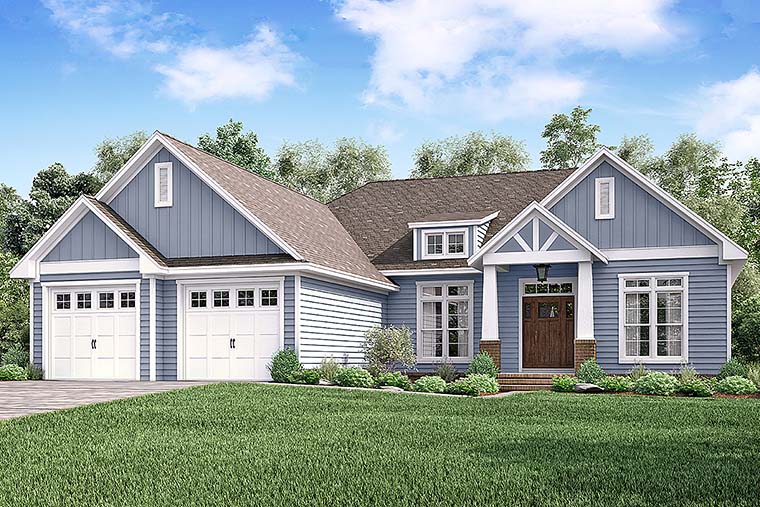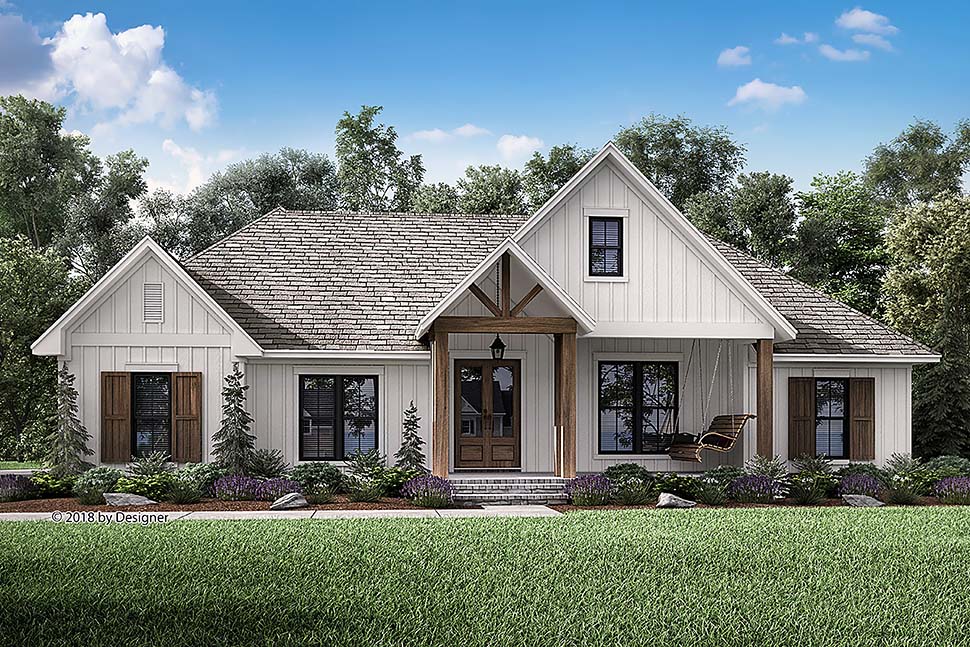Construction Loan Requirements: What Lenders Need From You
A construction loan doesn’t fund a finished house—it funds a vision. That’s why lenders ask for more documentation than a standard mortgage. They want to see proof that the borrower can repay, the builder can deliver, and the project can be completed on time and on budget. When you understand construction loan requirements in advance, you reduce back-and-forth, avoid avoidable delays, and improve your chances of a quick approval.
Your Financial Profile: Credit, Income, Assets, and Debts
Lenders begin with the borrower. They check your credit score and history, verify stable income, and confirm that your savings can cover the down payment, closing costs, and contingencies. Expect to provide recent tax returns, W-2s or 1099s, pay stubs, and bank/asset statements. They also calculate your debt-to-income ratio to see how the new payment fits alongside existing obligations. The target numbers vary by lender, but stronger credit and lower utilization can unlock better pricing and smoother underwriting.
Be proactive here. If you can pay down revolving balances, consolidate or close small accounts, or correct reporting errors before you apply, do it. Organize your files in clearly labeled folders and export PDFs so they’re easy to review. Responsiveness helps underwriters move forward without pausing your file for missing items.
Down Payment and Reserves: Cash to Close and a Cushion
Most construction loans require a larger down payment than a conventional purchase mortgage, often in the 15–25% range. You may also see a reserve requirement—additional liquid funds set aside to cover several months of interest-only payments during construction. Document the source of all funds. If you’re receiving a gift from family, obtain a signed gift letter and provide evidence of the transfer. If you’re selling assets, include statements that show ownership and proceeds.
House Plans and Specifications: What You’re Building
A lender can’t evaluate risk without understanding the home itself. You will submit final house plans with elevations and dimensions, plus a specification sheet that lists materials, finishes, and mechanical systems. Stock plans from a national provider are acceptable, and many lenders appreciate their clarity. If your local building department requires plan notes or engineering, note that in your package. The more complete your set, the fewer follow-up questions you will face.
When possible, include an energy package summary, exterior materials list, and roof/structural notes. If you have chosen options—porch upgrades, a finished bonus room, or a walkout basement—reflect them in the drawings and in the budget. Consistency between plans and numbers builds lender confidence.
Detailed, Line-Item Budget: Costs that Add Up—and Hold Up
The budget (often called a “cost breakdown”) is the backbone of approval. Lenders expect a line-item schedule that covers site work, foundation, framing, windows and doors, mechanicals, insulation, drywall, millwork, exterior finishes, interior finishes, fixtures, appliances, permits, and builder overhead and profit. Include allowances for items you haven’t selected yet—flooring, lighting, or landscaping—so the total reflects reality.
Build in a contingency. Even well-run projects encounter price fluctuations and weather delays. A 5–10% contingency aligns with lender expectations and helps you avoid mid-project re-approvals. If you’re planning sweat equity, clearly define which tasks you’ll perform and show material costs. Not all lenders allow borrower-performed work on critical trades; confirm policy before you apply.
Builder Approval: Licenses, Insurance, Experience, and Contract
In construction lending, the bank also underwrites your builder. Provide a state license (if applicable), general liability and workers’ comp insurance, references, and a portfolio or track record of completed homes. Many lenders keep an approved-builder list; others review on a case-by-case basis.
The builder contract should spell out scope, change-order procedures, payment timing (via draws), warranty language, and the construction schedule. Clarity protects everyone. Lenders prefer fixed-price or guaranteed maximum price agreements, though cost-plus contracts are sometimes approved if the builder and budget are strong and allowances are well defined.
Timeline and Draw Schedule: How Funds Are Released
Construction loans disburse in stages, not all at once. Your draw schedule ties disbursements to milestones—site prep and foundation, framing, rough-ins, drywall, trim and cabinets, and final. The lender will send an inspector before each release to verify progress and confirm that previous work is complete. Include a realistic timeline that aligns with local weather, permitting lead times, and material availability.
Land, Title, and Appraisal: From Dirt to “As-Completed” Value
If you already own the lot, provide the recorded deed and a recent title report. If you’re buying land and building, submit the purchase contract. Either way, the lender orders an appraisal based on as-completed value—the projected market value of the finished home on that lot. Appraisers use your plans and specs, comparable sales, and market trends. If you’re in a new neighborhood or rural area with few comps, share any relevant sales you or your agent have identified so the appraiser can evaluate them.
Permits, Codes, and Insurance: Compliance from Day One

Provide evidence that you can obtain a building permit under current local codes. National plans are drawn to standard model codes, but your municipality may have amendments, wind or seismic requirements, snow loads, or energy standards that require local verification. Lenders look for code compliance and a permit path as part of risk control. You will also need a builder’s risk policy or course-of-construction insurance—often arranged by your builder—and proof of liability coverage.
Change Orders and Allowances: Keeping Control of Scope Creep
During a build, scopes evolve. Lenders want to see a formal change-order process that tracks cost increases and schedule impacts. If you upgrade appliances or add a covered porch, your budget must absorb the change or your contingency must cover it. Documenting changes prevents disputes, keeps draws aligned with reality, and avoids last-minute re-underwriting.
Communication and Responsiveness: The Hidden Requirement
Files stall when emails go unanswered, signatures are missing, or PDFs are unreadable. Create a shared folder for your lender and builder with subfolders for “Plans,” “Budget,” “Insurance,” “Contract,” and “Permits.” Label files consistently—PlanNumber_Specs_v2.pdf beats newnewfinal.pdf. Reply quickly and completely. A tidy package signals a low-risk borrower and can shorten underwriting time.
Putting It All Together
Every lender’s checklist looks different, but the essentials are the same: prove capacity to repay, show a complete and buildable plan, present a credible budget, and work with a qualified builder. When your documents match from plan to budget to contract, the loan decision gets easier. When you anticipate questions—permits, insurance, appraisal comps—you keep momentum.
Ready to assemble your plan set? Browse vacation rental house plans, modern farmhouses, cottages, and barndominiums. You’ll receive professional drawings and clear specifications—exactly the kind of detail lenders expect in a construction loan requirements package.










Leave a Reply